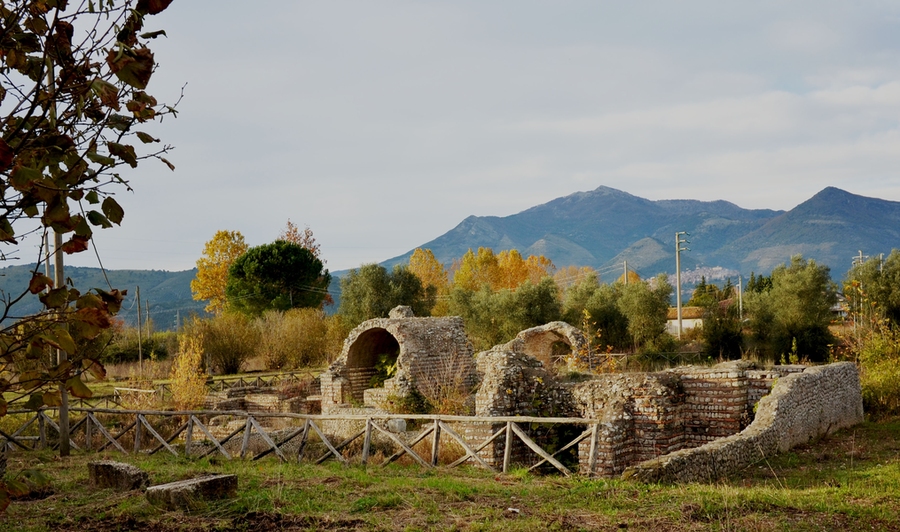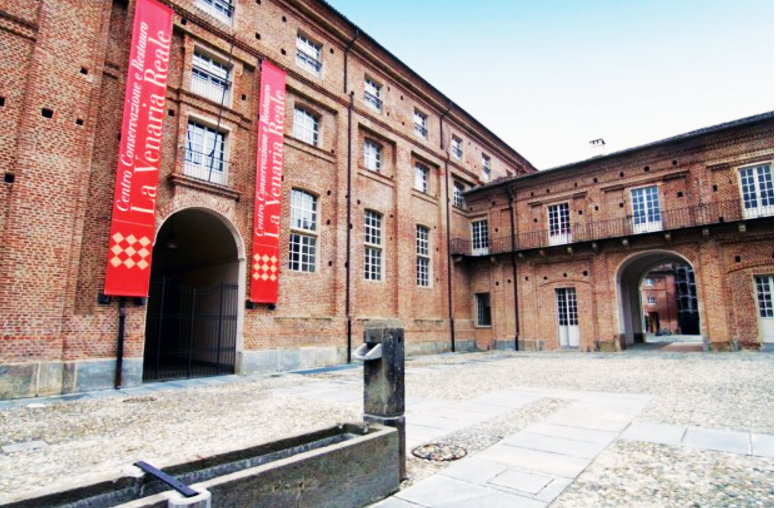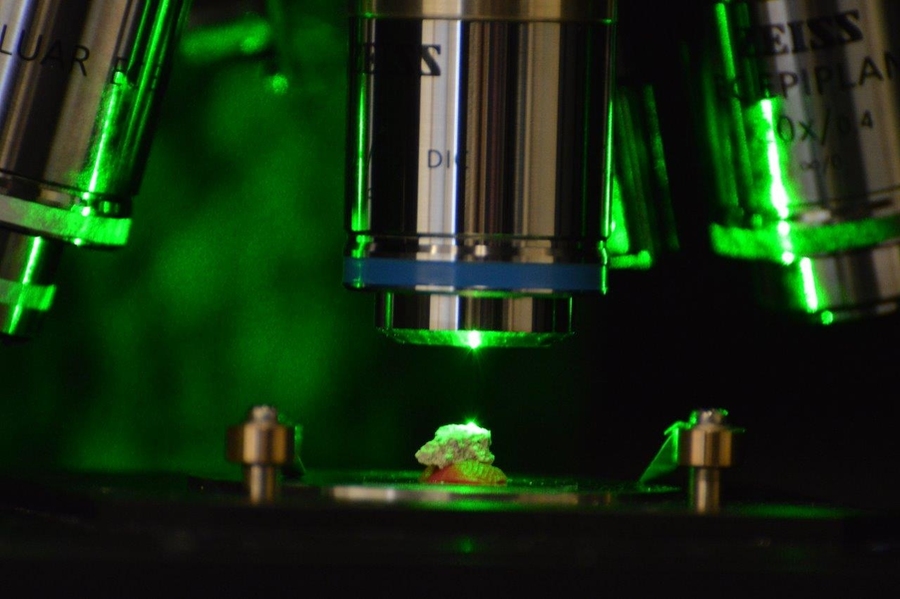As durable infrastructure, material innovation, and global sustainability develop into significant driving forces in today’s engineering, the importance of looking through the lens of the past to design for the future becomes more and more clear.
Embracing this approach, the Department of Civil and Environmental Engineering (CEE) is expanding its global footprint through a new summer fieldwork program on Materials in Art, Archeology and Architecture, or ONE-MA3, that invites undergraduates to Italy from June 19 to July 2 for an in-depth, real-world analysis of ancient infrastructures and materials as a prerequisite for a special fall subject, 1.S993 (Heritage Science and Technology). The new special subject will extend the summer experience into a discussion of theory and practice. Any MIT undergraduate interested in this summer trip and fall subject can download the program information sheet and apply by April 11. A preference will be given to rising sophomores and CEE (Course 1) students.
Led by Assistant Professor Admir Masic, in collaboration with professors Oral Buyukozturk and John Ochsendorf, this fieldwork experience will focus on teaching ways to improve sustainability of the future through the study of ancient successes.
“Civil engineering is so much more than just design of new materials and buildings; it’s also very much about preservation of past cultures. Our culture is at risk of being lost in future generations, and we should teach our students effective ways to mitigate these risks,” Masic says. “There is a frozen testimony to be revealed, and our students will feel the impact of this discovery in a material, tangible way. Immersing students in a real-world setting is truly the key to success.” The primary objective, he says, is for students to leave with a profound sense of how materials were made and sustained until today, despite the exposure to changing environmental elements.
For Masic, the vision is to merge in-field experience with classroom analyses to help students think critically about ways past cultures inspire and inform future innovation. From global climate change and pollution to energy demand, challenges explored during this fieldwork and course will expose opportunities to develop new materials inspired from the ancient world.
“Our previous exploratory trip with two graduate students in the fall of last year to Priverno, Pompeii, and Rome made us realize the huge potential of such a program as a unique educational experience for our students,” Buyukozturk says. “Learning and innovating while immersing themselves into an environment with cultural and archeological richness and the excitement of exploring the secrets of cementitious materials and monumental works that have lasted more than 2,000 years will be unique for the students. The experience will certainly open new horizons for success through curiosity and revelations of ancient technologies which up to now still need to be discovered.”
Over the course of these two weeks, the students will partake in a variety of fieldwork activities, including in-field research and testing, museum tours, workshops, and stimulating discussions of historical relevance.
A materials perspective
The students’ first stop will be Priverno, a small Roman city renowned for its lush archaeological sites. With only 10-15 percent of possible materials excavated, the majority of Priverno’s thriving history remains buried underground.
Students will collaborate with the Museum System of Priverno to explore Roman construction technologies, with an emphasis on the Privernum archaeological area. The group will be immersed in the study of varying survey techniques and innovations, visits to the laboratories of the Vatican Museums, and a deep structural analysis of cultural heritage.
Portable instrumentation will be used to gather data and characterize different Roman technologies, as well as three-dimensionally record the architecture of the archaeological sites for integration of architectural and structural aspects with chemical and material design.
“There is established student interest in how we are tackling challenges like this,” Masic says. “How can we tackle material design and structural degradation? We want to ensure that things we create today are durable and will last for the next generations.”
In the spirit of thorough exploration, participants will not only have the opportunity to survey Privernum in their first week, but also visit Pompeii — a UNESCO World Heritage Site and one of the most important ancient Roman cities of deep historical relevance. Currently, through the Great Pompeii Project, Italy and the European Union are investing in the restoration, protection, and enhancement of the Pompeii Archaeological Area. In collaboration with Soprintendenza Pompeii, the organization managing the site, CEE fieldwork participants will exchange ideas and achievements in research and technology that may be applied to Pompeii heritage.
“All of these things that arrive to us underground from history, and if we pull them out, there is a real threat that they will degrade and eventually disappear,” Masic says. “We want to find ways to alleviate these risks. The idea is for all students to contribute in a way that specifically interests them, and then merge all of the different perspectives in a holistic way of approaching a challenge — specifically, archaeological development with material assimilation.”
The second week of the program will take place in the city of Turin, a cultural hub known for its vibrant Baroque architecture and royal residences. A focus on the restoration and characterization of ancient painting techniques will be emphasized during the class’ collaboration with the Center for the Preservation and Restoration of Cultural Heritage "La Venaria Reale".
Students will also be given a taste of ancient Egyptian materials and technologies, with a tour of the Egyptian Museum of Turin, home to one of the largest collections of Egyptian antiquities with more than 30,000 artifacts.
The two weeks will culminate with a trip to the restoration workshop of Nicola Restauri, during which the students will experience in practice how pigments were prepared and used in antiquity and how this knowledge helps to restore valuable ancient artifacts.
“Similarly to how we learn from the past, everything we build today will tell the story of our culture and identity to future societies. We are bringing the people aspect back into civil engineering.” Masic said. “The tools and techniques experienced will enormously help students to innovate and design for future environments. I look forward to further classroom analyses in the fall when the new associated special subject premiers.”
The initiative benefits from the support of the ERRESSE Group, Adamantio Ltd., Artech Laboratories, and the MIT-Italy Program, which provides student training and recruiting.










